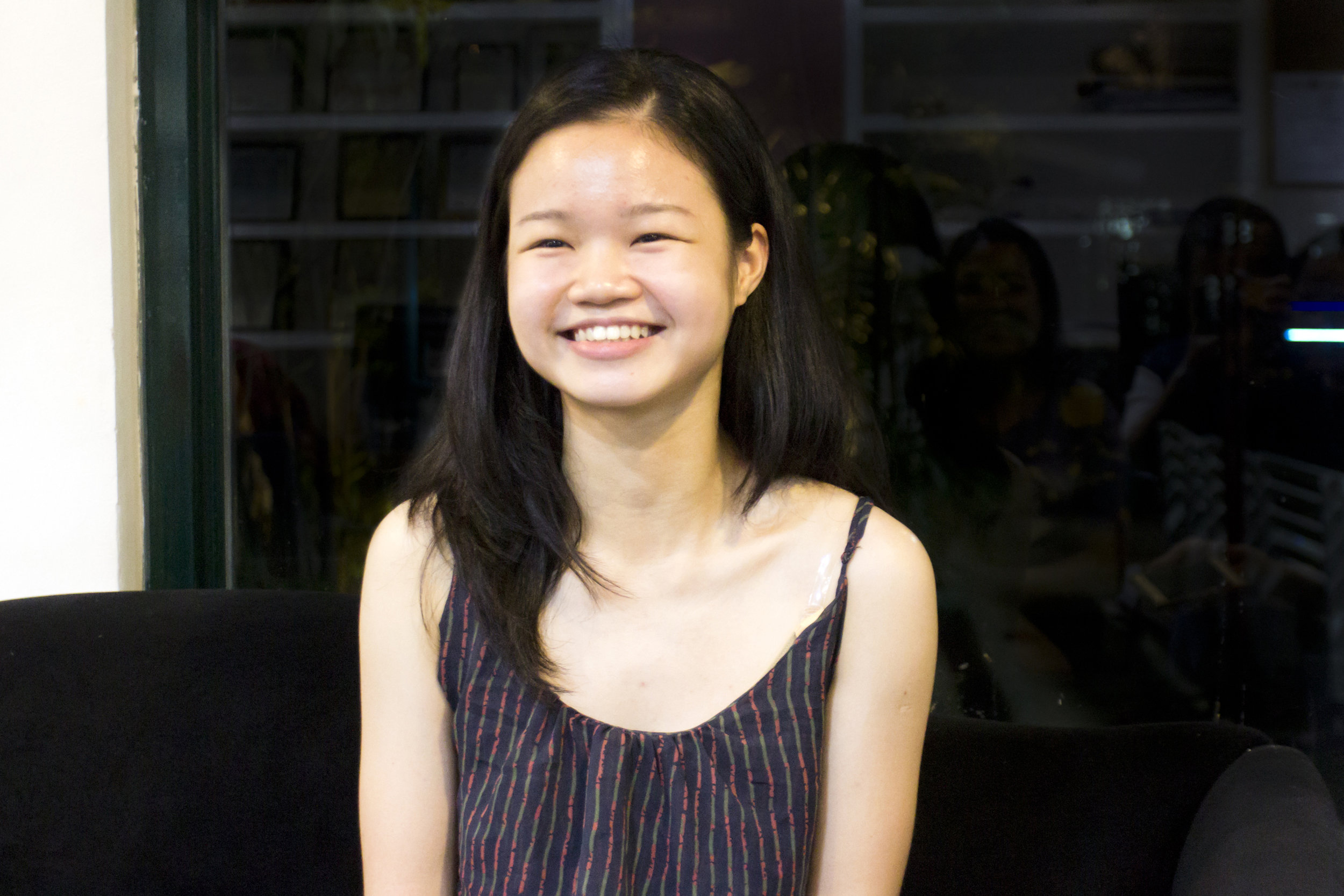The Cinderella story
Among the most recognizable figures in art, Cinderella – with her glass slipper – has been featured repeatedly and prominently in literature, film, painting, music, dance, and fashion all over the world. Children know her as a Disney princess while the older generation remembers the fairytale written by Charles Perrault in 1697. There has been a version of this beloved folk tale in almost every culture all over the world.
The earliest supposed Cinderella story on record has no evil stepmother or stepsisters, no grand ball, and no glass slipper. It has, however, a leather sandal owned by a Greek slave girl named Rhodopis that is taken by an eagle and dropped on the lap of the Egyptian king. Moved by the beautiful shape of the sandal and the oddness of how it came to his possession, he sends his men across the kingdom to search for the woman who owns it. They find the match in the hands of Rhodopis and the king goes on to marry her.
Since then, the story has been enshrined in European literature – the most popular version of which are the French re-telling by Perrault and the German account by the Brothers Grimm.
Given the magic and romance involved, Cinderella was a natural fit for a ballet production. The idea of a Cinderella ballet first came about in 1870 when the Bolshoi Theater requested Pyotr Tchaikovsky to write the music. The task was left undone and the project forgotten.
Sergei Prokofiev took on the task in 1940 and completed the score in 1945. It premiered at the Bolshoi Theater that same year to the choreography of People’s Artist of USSR Rostislav Zakharo with Galina Ulanova as Cinderella.
Since then, many versions have been staged all over the world. Ballet Manila’s very own prima ballerina and artistic director Lisa Macuja-Elizalde successfully premiered hers in 2016. Drawing from the romance of the French tale and the magic of the Disney version, her Cinderella includes the classic elements of the well-loved story done with a BM twist.
The characters
Principal dancer Abigail Oliveiro reprises her role as Cinderella, sharing the role with Joan Emery Sia, in the magical ballet choreographed by prima ballerina Lisa Macuja-Elizalde. Photo by Jojit Lorenzo
Cinderella: Sweet, kind, innocent, and beautiful, Cinderella loses her father as a child and is left to the care of her evil stepmother. She patiently endures all the ill-treatment – choosing, instead, to be happy in the company of her animal friends. Her selflessness does not go unnoticed. A visit from her Fairy Godmother and the gift of the right pair of shoes would change her life forever.
Principal dancer Rudy De Dios returns as Prince Charming, this time with fellow principal dancer Joan Emery Sia as his Cinderella. Photo by MarBi Photography
Prince Charming: Tall, handsome and kind, Prince Charming appears to have all the advantages that the world can offer. But he does feel the pressure of being the heir to the throne and responsible for the kingdom. At the top of his list of duties is to find a suitable maiden to become not just his wife but a future queen of the land. The wrong choice may spell disaster for his people.
The evil Stepmother (Jonathan Janolo) and Stepsisters (Rissa May Camaclang and Jasmine Pia Dames) swoon over Prince Charming (Mark Sumaylo, sharing the role with Rudy de Dios). The 2018 re-staging of Lisa Macuja-Elizalde’s Cinderella will see John Balagot as the Stepmother, with Nicole Klaudine Barroso and Emma Zoe Harris also portraying the Stepsisters. Photo by Jojit Lorenzo
Stepmother and Stepsisters: The second wife of Cinderella’s father, the Stepmother has always been jealous of her predecessor’s memory, and her stepdaughter’s beauty. When her husband dies suddenly, she is left to care for a child she does not love, along with her two daughters from a previous marriage. Unsurprisingly, she passes on her envious and spiteful ways to her daughters who take turns in tormenting Cinderella. They lead a fun and frivolous life while leaving all the chores and responsibilities to their poor stepsister.
Ballet Manila company artist Kong Ke Xin waves the magic wand as the Fairy Godmother. In the original staging of Cinderella in 2016, prima ballerina Lisa Macuja-Elizalde herself performed this role on top of her choreographing duties. Photo by MarBi Photography
Fairy Godmother: The answer to Cinderella’s prayers, Fairy Godmother is a magical being that rewards good people in their hour of need. Finding Cinderella in tattered clothes and eyes filled with tears after her Stepmother and Stepsisters prevent her from attending the ball, she saves the day with a wave of her wand – transforming a pumpkin into a carriage, farm animals into coachmen and the young girl into a princess who must come home by midnight before the spell wears off.






